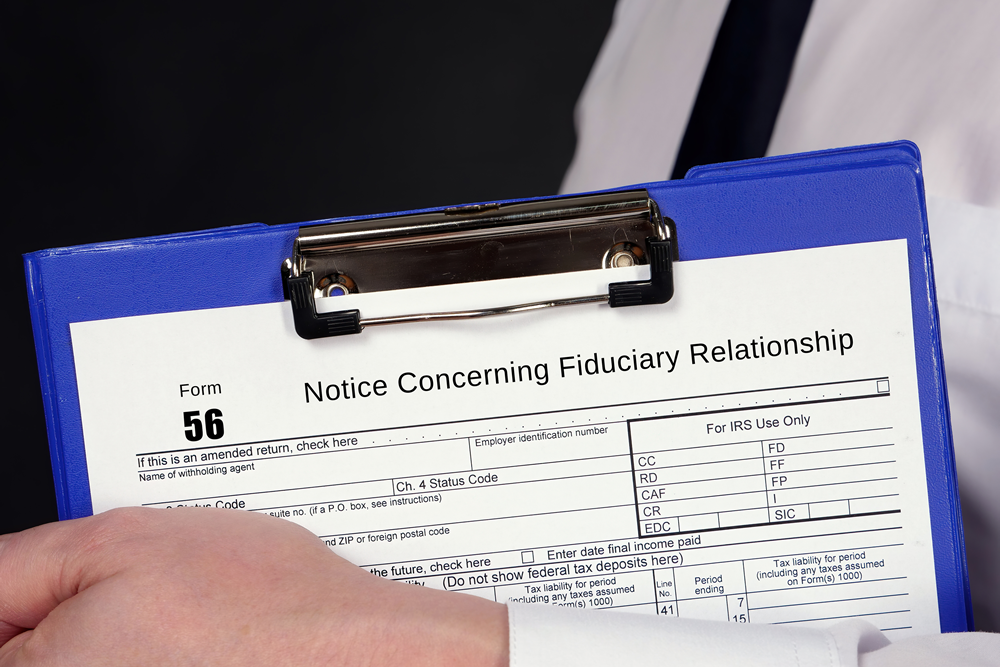Eliminate Client Confusion
The word “fiduciary” has been all over the financial news scene for the past few years as various branches of the U.S. government work toward providing the financial services world with a better working definition – at least for legal purposes. Yet, there remains a great deal of skepticism within the industry as to just how much help all this maneuvering has been for investors seeking answers to the questions that they aren’t sure how to ask or even the reasons why they should ask.
With the alphabet soup of professional certifications that only an advisor can love and a client, in most cases, cannot decipher, the terminology dominating the financial services industry has associated definitions that can make heads spin. What is the difference between an advisor and a broker? How is a wealth manager distinguished from an investment management analyst?
Most likely, most clients aren’t asking these actual questions. But what they are asking is rooted in the answers to those questions: Clients want (and need) to know if the person guiding their financial decisions puts the client’s best interest first and foremost in the business relationship. Perhaps a bit more colloquially – clients want to know if you, as their advisor, are going to take care of their financial needs in the most economical manner creating the best possible outcome.
Sure, that’s a lot of pressure, but as continued stock market volatility coupled with COVID-19-induced financial uncertainty rule the American economy, it is a reality that must be embraced.
Here’s a primer for advisors to help guide current and potential clients toward a better understanding of how “fiduciary” works:
They Don’t Know What They Don’t Know They Need to Ask
“I find that most clients don’t know the difference, and don’t even know to ask,” said Denise Grace, founder and president of Grace Financial Group, LLC, based in Novi, Michigan, in answering the question of how a client distinguishes the difference between a fiduciary, a broker or a dual registered advisor. “Most clients mistakenly assume that every advisor acts in their clients’ best interest.”
She’s correct about that mistake occurring more often than not.
A survey by Edelman Financial Engines based in Sunnyvale, California, documented that 53 percent of Americans mistakenly believe that all types of “financial advisors” are legally required to put the best interest of clients first.
Deborah Sims is the principal of Estate Management Group located in Sante Fe, California. She has more than 30 years of experience in the financial services industry and she adamantly states that clients, “don’t know to even ask about this,” in reference to the working definition of “fiduciary.”
Her industry experience and certification as an Accredited Investment Fiduciary prompts her to explain its meaning to her clients.
“I explain that the certification means I adhere to a strict fiduciary standard of care and act solely in the best interests of the clients,” Sims told Advisors Magazine. “While all advisors in theory should be considering their clients’ best interest when making recommendations, it is not always the case. By educating the client on my fiduciary duties to them, I help them to understand the special level of trust and legal responsibility I have for them and their investments.”
The Proof is in the Pudding
Perhaps it is best to suggest that advisors show clients the “evidence” of what being a fiduciary means in their business relationship.
That is the approach used by Lewis Chamberlain, owner and Investment Advisory Representative with Next Level Investors in Redding, California.
“Show the clients evidence of your standard of care,” he said. “Demonstrate what you are actually doing. Show them what the evidence looks like in the form of producing better quality reports, a more conscious and well-document process of due diligence, no vague or ambiguous reports of activity taken on behalf of the client. That’s the evidence that proves you are acting as a fiduciary.”
Encourage Investors to Ask
Sounds simple, enough, right? Yet, the intimidation factor associated with investing can be enough to put up a wall, especially for beginners. Thus, an advisor who takes the lead – perhaps even asking the question for the potential investor – is already demonstrating a fiduciary stance.
 “The best way for a potential client to distinguish is to simply ask,” said Shilo Lockett, president of Comprehensive Wealth Management, based in Lynnwood, Washington, just north of Seattle. She said advisors ought to encourage investors to ask questions such as, “What are the potential conflicts of interest if we work together?”
“The best way for a potential client to distinguish is to simply ask,” said Shilo Lockett, president of Comprehensive Wealth Management, based in Lynnwood, Washington, just north of Seattle. She said advisors ought to encourage investors to ask questions such as, “What are the potential conflicts of interest if we work together?”
Bottom Line
For now, the feds have backed away from further “defining” a fiduciary, yet several states such as New Jersey and Rhode Island continue to take steps toward a more delineated version of the term.
It is the responsibility of advisors to remain informed regarding how federal and state regulations impact their role. Past that, using the three methods we’ve shared – recognizing that clients need to be educated on the definition of fiduciary, providing clients with proof of fiduciary action on their behalf, and being open to an honest conversation regarding how you as an advisor act in and define your fiduciary role – will go a long way toward eliminating client confusion.



